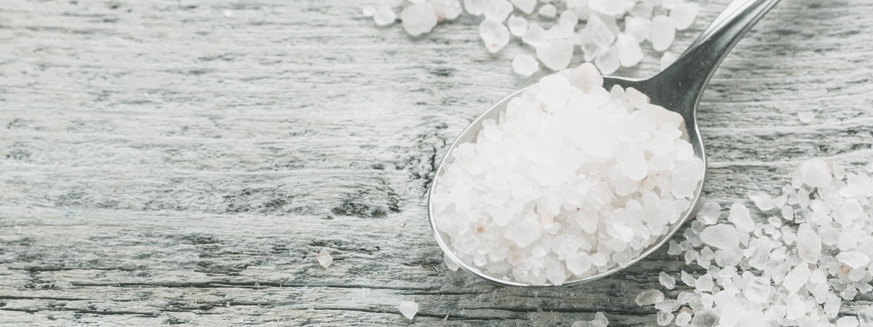The Fresh Blog
Lifestyle, Health, Nutrition & Inspiration from Luvo
Why Should We Care About Sodium?
Ah, headlines! As a dietitian and former nutrition director for Good Housekeeping, I sometimes have to gasp at those attention-grabbing food and nutrition-focused titles. Here are a few on salt that caught my eye:
Are low-salt diets necessary (or even healthy) for most people?
Why salt may not be so bad for you after all
Is salt really so bad for you?
It kind of makes you wonder….
Leading health organizations recommend sodium levels range between 1,500 and 2,300 mg. The lower end of the range is advised for people over age 51, African Americans, and people with high blood pressure, diabetes, and kidney disease. Part of the raging debate has to do with this lower range since health authorities aren’t in agreement here.
That said, all leading health organizations from the Institutes of Medicine to the American Heart Association to the USDA are aligned that higher levels of sodium are associated with a risk of high blood pressure and heart disease. Americans eat, on average, about 3,500 mg of sodium and some eat far more.
What’s worrisome to me is how salt enters our diets. As much as 80% of the salt we consume comes in the form of heavily processed foods and restaurant meals. Here are some startling per-serving stats that I found from various popular brands and eateries:
- A classic turkey breast = 920 mg of sodium
- Chicken cobb salad = 1040 mg
- Frozen mac & cheese = 680 mg
- Frozen pepperoni pizza = 800 mg
It’s easy to see how sodium levels can soar.
Most of us could use to cut back on salt—especially considering that it tends to come along with other not-so-good ingredients like sugar, refined carbs, and processed meats. One way to cut back is to eat more whole foods—like fruits, veggies, lean proteins, and whole grains. This strategy has lots of health perks, but one notable one is that it helps increase the potassium in your diet. Potassium helps neutralize the impact of sodium and the majority of Americans eat more than the recommended amount of sodium but less than the recommended amount of potassium. Potassium is found in fresh foods, like sweet potatoes, leafy greens, bananas, melons, milk, and yogurt.
That’s what makes Luvo different. We incorporate those very foods—sweet potatoes, butternut squash, kale, and more—into our meals, giving you at least a half serving of produce, but usually a full serving or more. And every Luvo meal has less than 500 mg of sodium. That’s because our chefs cook with lots of herbs and seasonings that give food flavor. Flash freezing allows us to lock in the flavor and freshness without adding too much salt.
And speaking of salt, many people are under the impression that sea salt and kosher salt are better than table salt. They aren’t. Hear me out here! By weight, they all contain the same amount of sodium and the trace minerals in sea salt shouldn’t measure up to much considering you should be using all salt sparingly.


